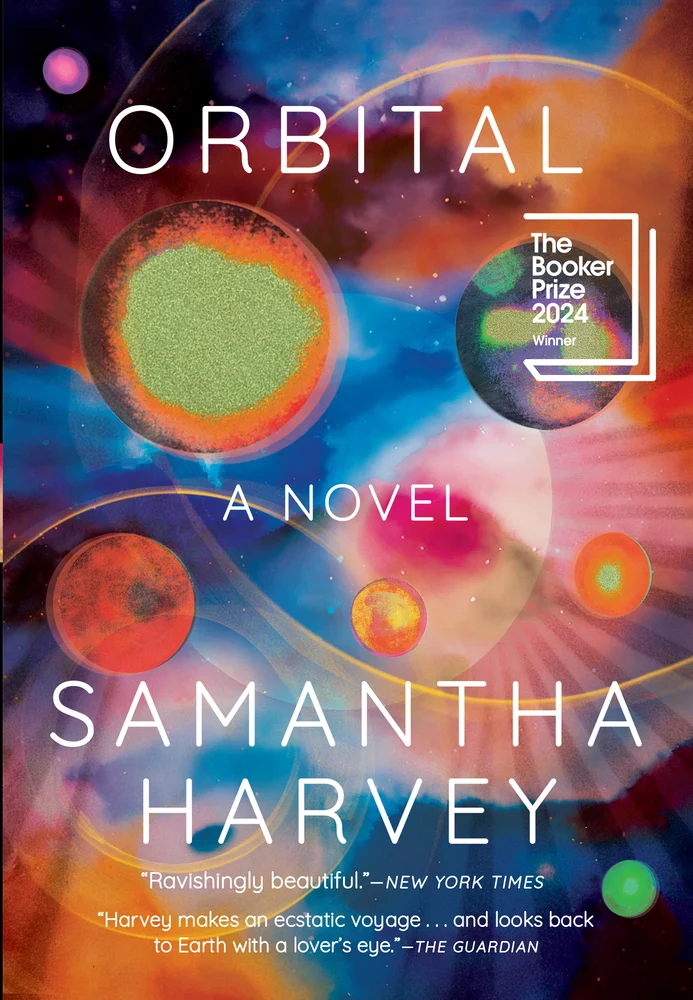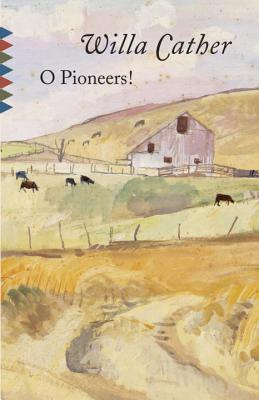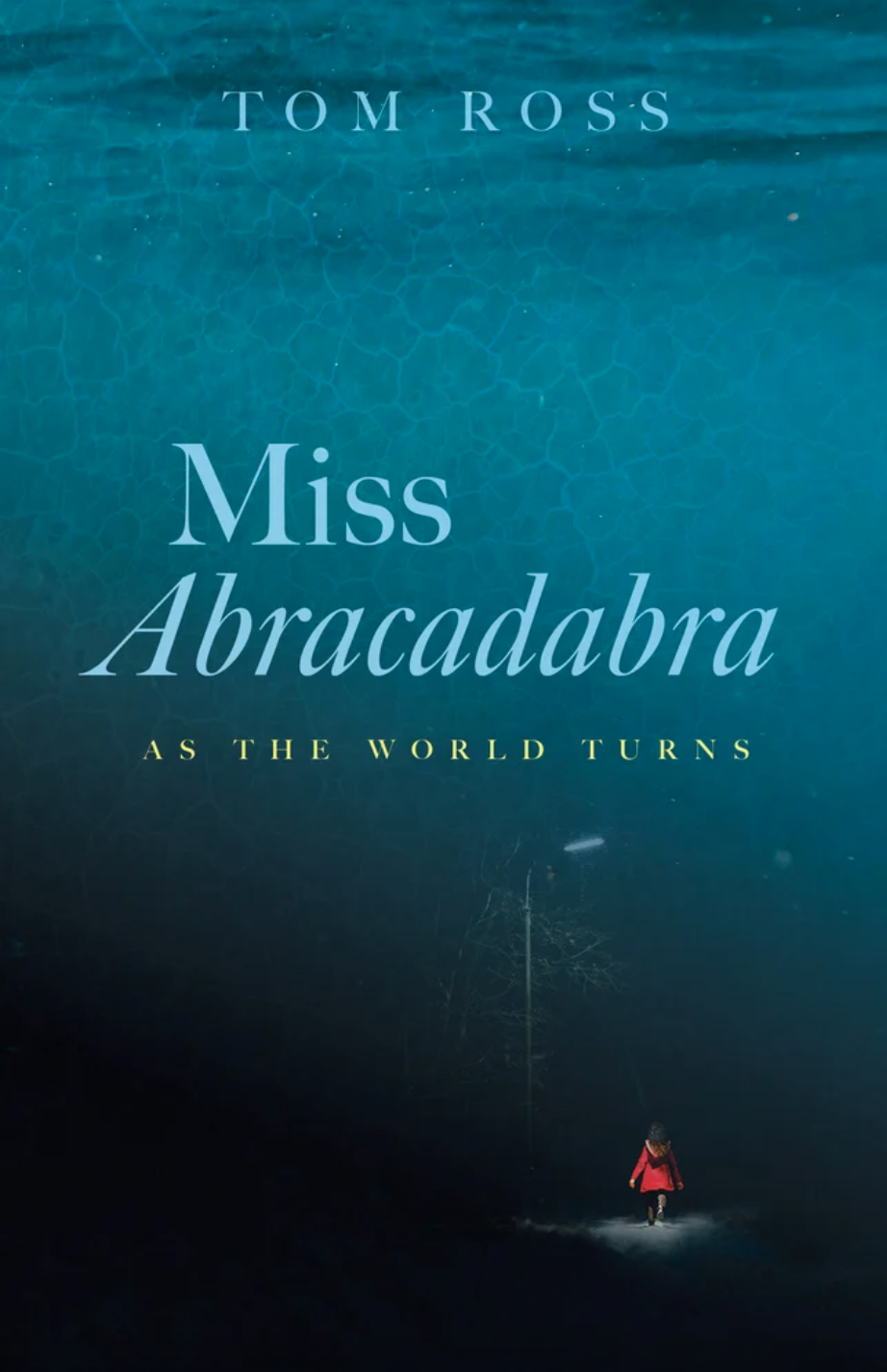By KIRMEN URIBE
Translated by ELIZABETH MACKLIN
Reviewed by NATASHA AYAZ

There is an undeniable poetry to transportation. The reverie of a train roping across land, the intrepidity of a boat charting depthless waters, the surrealism of an aircraft cutting through cloud—all tracing paths like storylines across terrain, all positioning the passenger as an Odyssean protagonist. In Bilbao-New York-Bilbao, Kirmen Uribe takes the family novel to the skies. Originally written in Basque and published in 2008, this latest edition was published in 2022—translated by American poet Elizabeth Macklin and featuring an incisive new foreword by Lebanese-American writer Youmna Chlala. The first of Uribe’s four novels, Bilbao-New York-Bilbao won the 2009 National Prize for Literature in Spain. True to the timelessly familial tendency of many debut novels, its narrative pulse is Uribe’s desire to excavate his ancestral past, collaging testimonies from disparate historical voices into a cohesive portrait.
On the way to lecture at NYU, Uribe’s autofictional narrator sifts through three generations of family history from the seat of an airplane, delving periodically into the storied seas of his father and grandfather’s lives and then resurfacing aisle-side to converse with his fellow passengers in real-time. He uses his ancestors’ stories to inform his own experiences of fatherhood and the writing life, oscillating between the North Atlantic Ocean of the Basque coast and the quiet tension of his Lufthansa cabin. The bird’s eye view allows for intuitive non-chronology as well as an anchoring sense of linearity—despite the historical and introspective interludes, we are always contained within the span of one legible journey. The flight provides a reliable frame from which the narrator slips associatively into isolated segments of local legend, family lore, writerly meditation, and childhood memory. As the narrator approaches his destination, the romances and contradictions of his lineage reveal themselves one by one like fishing boats on a foggy horizon. The cyclical nature of round-trip travel, alluded to in the novel’s title, reinforces the circuitousness of the story itself. Our history is alive within us, even while we strive forward; sometimes the answers we seek lie in the rearview.
The great project of this novel is the archival assemblage of a familial apocrypha. Uribe is no stranger to the intrigue embedded in the quotidian; in fact, his book is studded with unbelievable gemstones, relics of an oral tradition that have over time transcended the true-false binary. Picture this—while coasting near France, starving sailors catch sight of a barnacle-encrusted crate floating at sea. Upon hauling it aboard, they find it to be inexplicably teeming with cookies and chocolates, which in their depthless hunger they devour. Or—a retired fisherman frequents a bank, each time carrying slips of paper which he deposits in the money box. His papers bear old words, fragments of a Basque vernacular the dissolution of which he resists in this modest way. Elsewhere, adrift in the ocean, a fisherman spots a dark bulge off the bow of his ship. Venturing closer, he realizes the object is a giant whale, severed clean in two. More fantastically yet, the narrator’s father loses his wedding ring in the ocean, only to later discover it in the white belly of a fish sliced open in his kitchen sink. As the novel reminds us, “these stories themselves are the most important thing, whether they’re true or false.” The inclusion of these uncanny experiences reveals a writerly preoccupation with coincidence, and, regardless of its veracity, this seaside folklore shares a common theme: the restorative, Delphic nature of the ocean.
These lustrous little details are delivered with an understated credibility; the subtle power of Uribe’s prose lies in his unpretentious, conversational tone and frankness, both of which ease his flow from fabular tangent to literary allusion to pearly moment of dialogue. On pages of historical conflict and childhood nostalgia alike, Uribe maintains a voice as halcyonian as a glassy sea. His use of repetition, returning to arcane refrains such as “fish and trees are alike” and “loss makes our time specific,” serves to reinforce his thematic architecture quote by quote. An especially characteristic passage comes in the novel’s last quarter, when the narrator recalls conversation from a New York dinner party of writers and artists:
This eighty-two-year-old Czech filmmaker is in the process of making a documentary about his life, which is going to be as long as the life itself. Like that map Borges mentions, the most perfect of all maps. So perfect that it’s the size of the world.
The party finished up. As we were saying our goodbyes, Vojtech spoke a single sentence to me: “Nothing happens for nothing.”
This is Uribe at his best: introducing an idiosyncratic minor character in the same gentle breath that he alludes to Borges’ classic story “On Exactitude in Science” and offers a sparkly aphorism. These three gestures—idiosyncrasy, allusion, and aphorism—are pillars of the novel’s style, bolstering its investigation of heritage, temporality, and fatherhood.
As exemplified by the aerial perspective of the narrative frame as well as the novelistic passage of time itself, “distance always tends to beget mystery, myth.” The narrator actively resists the erosion of his language, traditions, and histories, but he makes generous allowances for the magic liminality of story. Separated from his heritage by time and space, his archival undertaking has clear limitations; no matter how meticulously he researches his family, he knows the resulting novel will reside in a space between fact and fiction. Every act of writing, after all, is an act of translation—between experience and story, from feeling to word. What matters is that this hybridity does not preclude truth. As the narrator navigates the waters of collective and individual memory, his own reflection becomes clearer. “My first idea was to write about my grandfather’s boat,” he says, “and simultaneously, about a way of life that’s in the process of getting lost … the way of life that’s bound up with the sea.” This sliver of seaside culture as held sacred by the narrator is vulnerable to seismic shifts, due not only to the relentless advent of modernity and the perils of industry but also the passing of the very figures Uribe is writing toward. In essence, this novel is a paternal ode—an artistic homage to the writer’s father and a loving ballad for a particular way of life on a particular sea.
Despite being heavily invested in dichotomy—history and folklore, monarchy and socialism, land and sea—the novel ultimately works to dismantle harsh lines in favor of a gestural continuity that resembles the waters so essential to the narrator’s fisherman forefathers. Indeed, the three key figures of the historical interludes each represent a distinct way of life and yet, through anecdote, come to illuminate similar lessons by the novel’s close. Born at the turn of the century and reaching their professional primes in the early 1900’s, these figures occupy an emblematic moment both in Bilbao culture and Uribe’s own familial narrative. Their lives testify as much to the tensions of a specific political moment as to the origins of a cherished family mythos. A painter, architect, and fisherman by trade, the three men at the center of the historical segments seem to embody different positionalities with respect to the creative process—an endeavor close to the narrator’s heart as revealed by his metafictional musings on writing. The painter lives a life of abstract creation, the architect is involved with literal manifestation, and the fisherman—the narrator’s relative—is on the seas, experientially embracing inspiration itself. The narrator collects the romantic residua of these men’s lives, painting three portraits equally enthralling and enigmatic. The improvisational, nonlinear nature of the narrator’s research process mirrors the rough edges of the portraits themselves. In this way, Uribe freely admits the unavoidable contradictions of a life lived.
At the heart of the novel is an appreciation of the potent resonances of touch, both literal and figurative. Toward the final sections, as the plane passes over Boston, the narrator recalls another father-son duo: Leopold and Rudolf Blaschka, artisanal glassworkers who crafted delicate replicas of botanical specimens. Their bewilderingly realistic handiwork ranged from blue-bulbed anemones to fibrous leaves of wild ginger—well worth the quick Google image search. Clearly inspired by the Blaschkas’ dedication to both tradition and each other, the narrator quotes Leopold:
Many think we have some sort of machine that creates the plants. But that’s not the way it is, our secret is the sense of touch. [My son] has it more than I do, because the sense of touch increases from generation to generation. The only way to be a virtuoso in glassworking is this: to have a great-grandfather who loves glass, for that great-grandfather to have a son who takes pleasure in glass, and for that one’s son as well to be a great aficionado of glass in turn.
The tactility and inherited artistry of glassworking parallels that of fishing; the narrator is effectively attempting to sew the same pattern of inheritance threaded here by Blaschka. In investigating his heritage of touch, he is also touching across time, engaging in a gesture of reaching that defies conventional temporality. Through story, he manages to preserve connection. Erin Manning writes in Politics of Touch: Sense, Movement, Sovereignty, “I cannot touch you without you touching me in return.” There is a necessary mutuality to touch, one that reverberates throughout Uribe’s novel. In mining his familial past, the narrator touches palms with his ancestors. Through Bilbao-New York-Bilbao, Uribe runs his fingers through the ocean of another century.
Natasha Ayaz is a Pakistani-American fiction writer and MFA candidate at Cornell University. An alum of Bard College and the Bread Loaf Writers’ Workshop, her work has appeared in publications including Hobart, Narrative Magazine, where she was a finalist in the 2021 and 2022 Winter Story Contests and a recipient of the Top Five Stories award for 2020-2021, Blue Earth Review, where she was the winner of the 2020 Flash Fiction Contest, and Best Small Fictions 2022.




